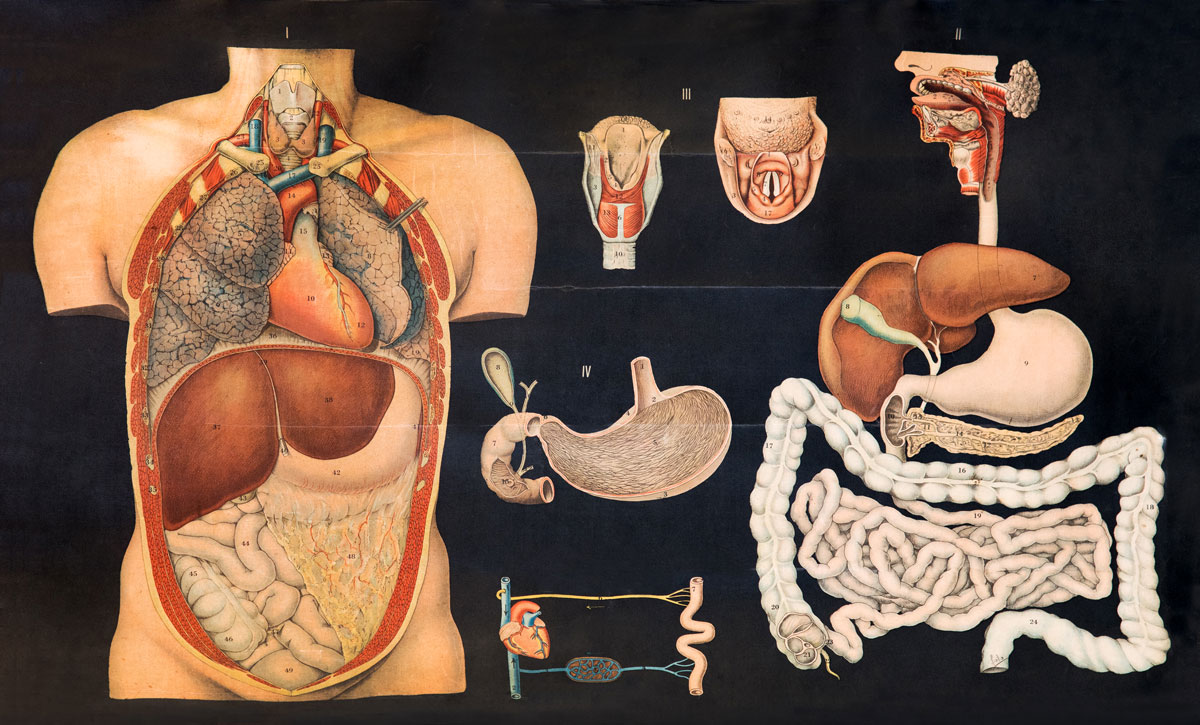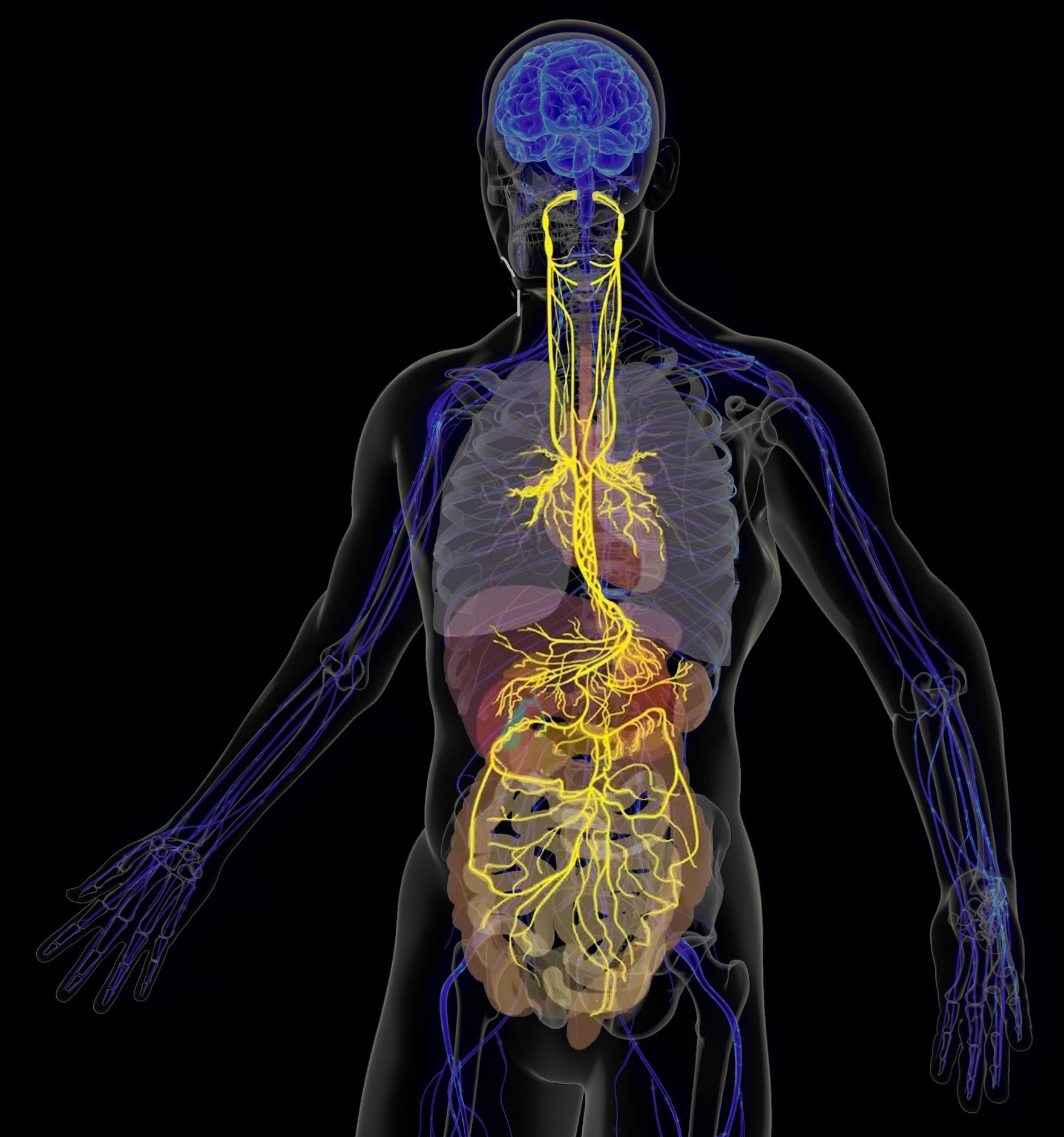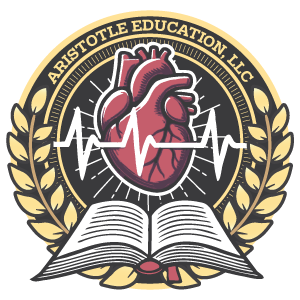Did you know you have a gut microbiome?
Your next question is probably, what is a gut microbiome?

As described by the Cleveland Clinic, it is a microscopic world in your esophagus, stomach, and intestines filled with 100 trillion bacteria (gut flora) doing incredible work for your digestion and your body.
You get your microbiome from your mother when born through the birth canal.
Did you also know that you are made up of more bacteria than human cells?
You outsource a lot of your physiology to the bacteria in your body. If you think it’s you digesting all your food, you are incorrect. It is the bacteria in your gut that does the majority of the work. You are meant to have a symbiotic relationship with bacteria in your gut, so what and how you eat matters so that the bacteria can do their job.
When you are eating a lot of foods that are processed or cooked in lots of seed oils, you are feeding your gut bugs chemicals and preservatives, which aren’t natural, and the bacteria can’t use this.
Processed foods don’t have fiber, which gut bugs love. There is also the issue that processed foods get absorbed quickly, causing insulin to rise, and there is no fiber to feed the poor little gut bugs in your colon.
Did you know your poop is 50% bacteria!
Eating processed foods is like putting diesel in a car that runs on gasoline.
An unhappy gut biome that can’t function properly becomes a leaky gut, which means you have intestinal permeability.

The sick gut bugs, from the wrong fuel and no fiber, start eating the mucous membrane, which is the layer that protects the gastrointestinal tract and keeps everything where it is supposed to be. Then bacteria, good and bad, chemicals, harmful particles, and other organisms move through the leaky gut wall, getting into your bloodstream and other organs.
This leads to inflammation in the body, which leads to several diseases, such as:
- Depression
- Autism
- Alzheimer’s
- Vasovagal diseases
- PoTS (Postural tachycardia syndrome)
- Anxiety
- Diabetes
- Hypertension
- Obesity
- Parkinsons
- Coronary Artery Disease
- Weight fluctuations
- IBS
- Crohn’s Disease
- Allergies or Food sensitivities
- ADHD
- Issues with memory or concentration
- Insomnia
- Arthritis and joint inflammation
- Acne or eczema
The gut bacteria communicate with our immune system. How does it do that? As mentioned in the article about the vagus nerve, it connects to almost every organ in your body, including the stomach and the brain. The metabolites in your gut contain neurotransmitters that travel up the vagus nerve to your brain. The stomach is the second largest neuro network in your body, called the enteric nervous system. In fact, 70% of your immune cells are in your gut.

This follows the statement made by the Greek physician and father of modern medicine Hippocrates, “All disease begins in the gut.”
Antibiotics not only change the flora in your gut but wipe it out.
The gut bacteria (gut bugs) talk to the immune system and let them know we, the gut bugs, are your friends. The gut bugs also let the immune system know who is not a friend.
The gut bugs run this covert operation with the immune cells, called Treg cells.
The Treg cells send messages to other cells in the body to not overreact, helping the immune system realize it doesn’t need a bazooka to deal with the problem, only a small hammer.
But because of a leaky gut problem, many of our immune systems are in hyperactive mode. Bazookas are out, and the troops are not in line.
When your gut bacteria are fed the right nutrients, they produce short-chain fatty acids (SCFAs), which can either be absorbed by the colon or excreted. When absorbed, they become an energy source for your cells and help regulate the absorption of minerals and water.
The SCFAs contribute to optimal immune system function by stimulating the mucosa to produce mucin, a vital component of the intestinal defense barrier. Allowing healthy gut bacteria to signal Treg cells to remain on watch duty, ensuring that all cells in your body, your organs, and your brain are informed that everything is ‘A-OK!'”
¾ of the population has metabolic syndrome.
Big ways you can turn around the health of your gut and body:
- Increase your fiber intake!
- Inulin is soluble fiber powder (made from onions, garlic, artichokes, and leeks) that is very beneficial for your gut bacteria.
- Eat foods as they are and in a wide variety.
- Consume probiotic foods such as kefir and fermented food (sauerkraut, kimchi, kombucha) daily.
- Marinate food with vinegar or lemon.
- If you crave some bread, the first choice is sourdough, second is millet bread, and third is rye.
- Avoid cooking food on high heat that dries it out. Instead cook food in a moist heat, like making stews.
- Try not to eat after 11 pm because, like you, your gut bacteria and hormones are tired and aren’t functioning at their optimal level. The best time to eat for your circadian rhythm and bacteria is at lunchtime
- Try not to eat for at least 12 hours every day. This gives the bacteria in your gut time to reset. And while 12 hours can seem like a lot that can be a simple 8pm to 8am the next day.
Always keep in mind:
“Let food be thy medicine and medicine be thy food.” -Hippocrates
Choose food that helps your bacteria which in turn helps you. Always remember you are eating for two.
Watch Dr. Jamnadas’ full video on the topic here:
Additional Sources
Perlmutter, D. (2015). Brain Maker. Little, Brown And Company.
Davis, W. (2022). Super Gut. Hachette Book Group, Inc.
